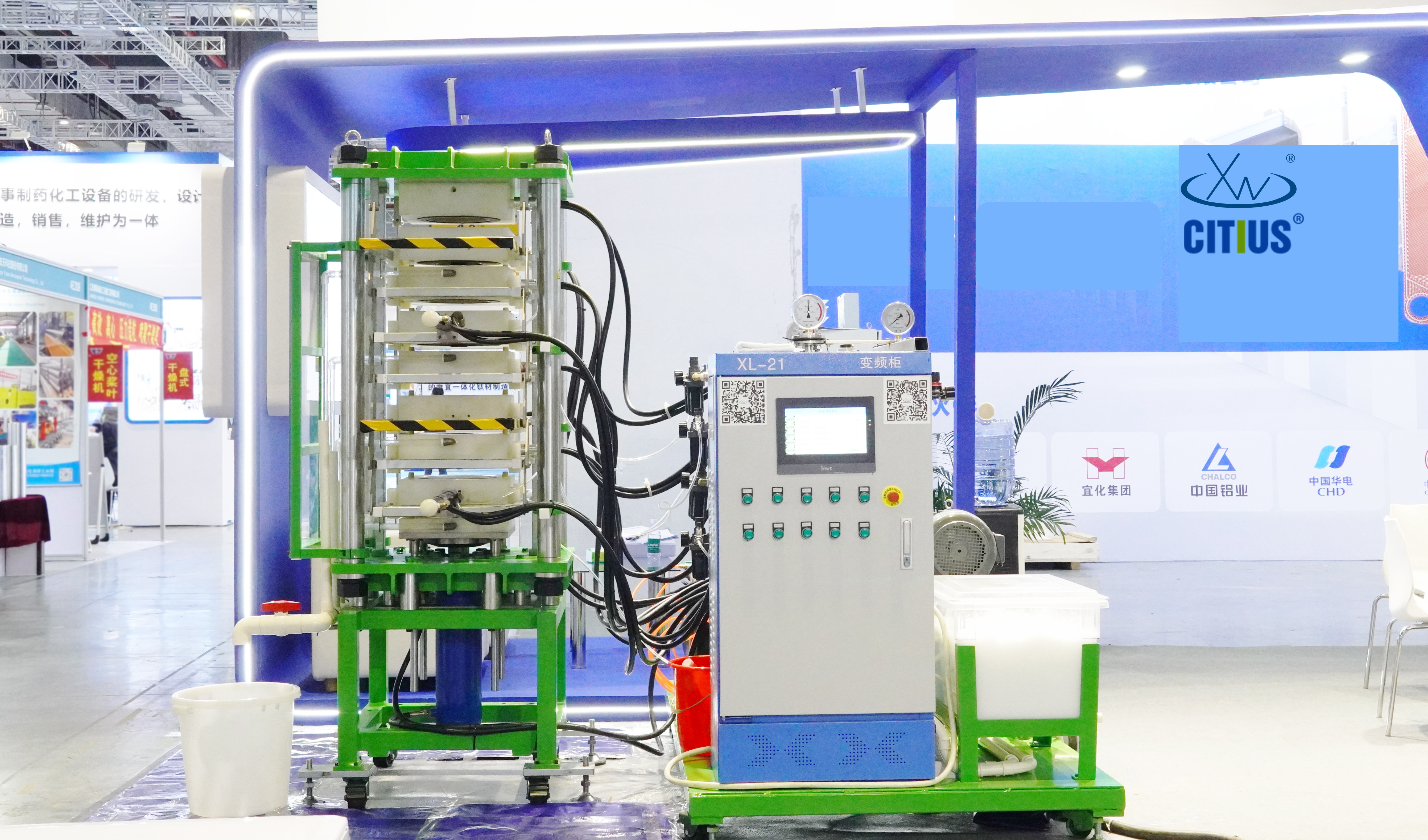Sweet Solutions: The Role of Sugar Cane Mud Dewatering Belt in Sustainable Agriculture
Release time:
2025-08-21
Introduction: A Sticky Situation
When it comes to sugar production, one of the unsung heroes is often overlooked: the Sugar Cane Mud Dewatering Belt. This ingenious piece of equipment plays a pivotal role in the sugar manufacturing process, transforming a gooey, muddy byproduct into a manageable, reusable resource. But what exactly does this mean for the environment and the sugar industry? Let's dig into it!
The Anatomy of Sugar Cane Mud
First things first, let's break this down. After the extraction of juice from sugar cane, what remains is a thick sludge known as sugar cane mud. This mud, if left unchecked, can create quite a mess—think of it as the leftover frosting on a cake that just won't come off. It's a sticky situation, right? That's where the Sugar Cane Mud Dewatering Belt comes into play.
How It Works: The Magic of Dewatering
The dewatering belt is a marvel of engineering. It uses a combination of gravity, pressure, and sometimes even vacuum to extract excess moisture from the mud. It's similar to wringing out a wet sponge; the goal is to separate the liquid from the solid. The result is a much drier, manageable cake of mud that can be easily transported or repurposed.
Why It Matters: Environmental Impact
But why should we care about this process? Well, for starters, dewatering sugar cane mud significantly reduces the volume of waste produced. Less waste means fewer emissions from disposal methods, and that's a win for Mother Earth! Plus, the solid residue can be used as organic fertilizer or even as a biofuel, contributing to a circular economy. Talk about turning lemons into lemonade!
Economic Benefits: Saving Pennies
Let's not forget the economic angle. The Sugar Cane Mud Dewatering Belt not only helps in waste management but also cuts down on operational costs. By efficiently processing the mud, sugar manufacturers see savings in transport and disposal fees, which can add up to a pretty penny over time. Who wouldn't want to save some cash while being eco-friendly?
Technical Innovations: The Future is Bright
As technology advances, so does the efficiency of dewatering systems. Newer models are becoming more energy-efficient, using less power while achieving better results. It's like upgrading from an old flip phone to the latest smartphone—you're getting more bang for your buck! Innovations in materials and design are making these belts more durable and easier to maintain, which is a blessing for sugar producers.
Real-World Applications: Sweet Success Stories
Take a look at some success stories! Sugar plantations across the globe are implementing these systems and reaping the benefits. In Brazil, for instance, farmers have reported a 30% reduction in waste and a significant increase in the quality of their byproducts. That's the kind of success that makes you want to raise your glass of sugarcane juice!
Challenges Ahead: The Road to Improvement
Of course, it's not all sunshine and rainbows. The initial investment for a Sugar Cane Mud Dewatering Belt can be high, and that can deter some smaller operations from hopping on the bandwagon. But with proper education and demonstration of long-term savings, we can turn skeptics into believers. After all, every cloud has a silver lining!
Conclusion: A Sweet Investment
In summary, the Sugar Cane Mud Dewatering Belt is not just a piece of equipment; it's a game-changer. It enhances sustainability, boosts economic viability, and paves the way for innovative practices in sugar production. So next time you enjoy that sweet treat, remember the role this marvelous technology plays behind the scenes. It's a sweet investment for a sweeter future!
Previous article:

